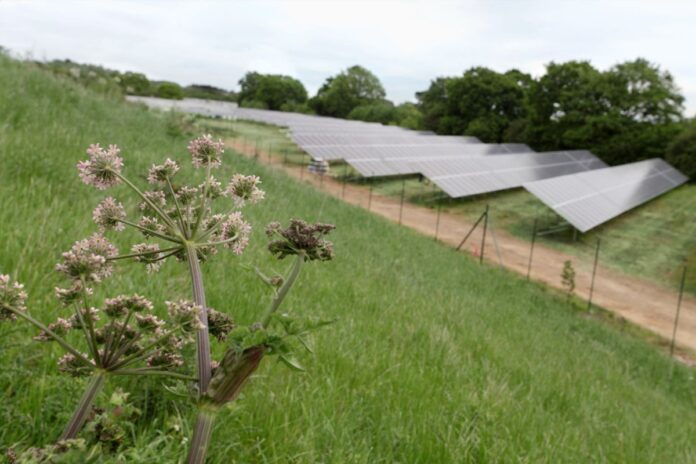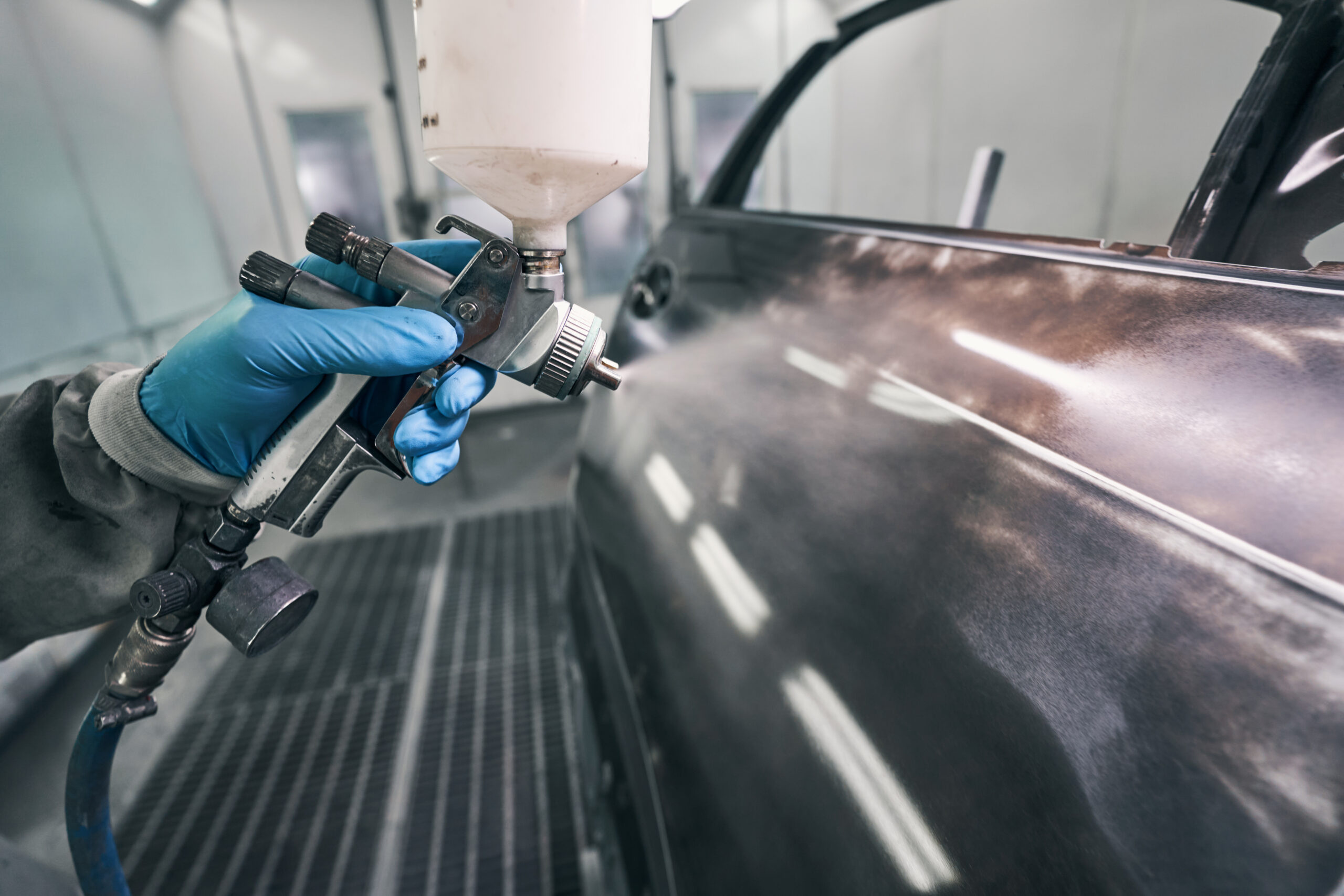A significant business cost after wages for a collision repairer is refinishing and the energy used to cure paint. So, we should care about value for money when it comes to energy.
We now know geopolitics was involved in blowing up Nordstream 1 and 2 natural gas pipelines between Russia and Germany, and that other links to the EU27 have been also cut. The effect was to turn the UK into a mix of storage vessel and transit hub for liquified natural gas (LNG) shipments not only for domestic use but also for the EU27. The UK was not the only hub, but the whole affair put immense additional load on the established systems, allowing the open market price for LNG to take off due to European supply constraints.
The whole affair is similar in effect to the disputes over oil, causing many countries which are dependent on imported energy to dream.
Net Zero
The idea is to invest via direct and indirect subsidies in a system that dramatically reduces dependency on fossil fuel. While energy is used to create every single part of every single structure, the on-going energy consumption during the ‘generator’ life-cycle is nominal. Due to the severe lack of mountains across the UK (something MPs are due to debate…) there are two power generation ideas promoted:
- ‘Solar’ power
- ‘Wind’ power
A third idea is banking energy which is generated but not required at the time. This is by using Li-Ion batteries, and could work with any electricity generation system except the cost / energy density as well as associated environment risks should anything go wrong make the whole idea unviable for significant levels of power.
‘Solar’ – photovoltaic panels
Progress has been painfully slow, but Germany via Frau Merkel transformed a cottage industry into a significant market during the early 1990s, with China establishing itself as the dominant global supplier. Energy conversion runs between 20 and 25 per cent of the available light energy, the result is DC electricity, and the power losses across an array before synthesising AC power for distribution dent this conversion factor.
Further, setting aside natural disasters, the solar panels have a reliable service life of about 20 years.
Wind turbines
Extracting energy from low-level transient airflows is always tricky. Much computational fluid dynamics (CFD) modelling has been done, but ultimately the more reliable, more predictable and much stronger airflow is found thousands of feet above the earth’s surface. Check out the effect on air travel – if the winds are strong the flight time can extend or be reduced, depending on the direction of flow relative to the aircraft.
If we were to access this, what are the downsides?
- Getting the generated energy back to earth. New technology is required that would permit huge quantities of electricity to pass through the air without harming anyone or anything
- Cluttering the skies over land masses or even coastal waters, which would cause significant hazards for aircraft.
- Cost, which would be much, much greater than today’s systems.
For the present we are stuck with wind turbines on very large posts at ground level, requiring power to hold the blades still if the wind speed is too low (typically less than 5 miles per hour) or too high (typically much above 30 miles per hour). In between these speeds, power is generated assuming the weather opportunity and the demand match.
The debates are not settled either;
- Should collections of wind turbines be located in coastal waters, or on land?
- The former is easier to plan, has fewer potential objectors (the land owner in most cases is Crown Estates).
- However, the best locations for sea-based wind ‘farms’ are not close to main consumers, so incur power losses in transmission. This reached peak crisis as such ‘farms’ were developed in Scotland, causing retrospective construction of a North to South transmission line after the ‘farms’ were completed.
- Land based wind turbines can take advantage of the hills, so can get increased energy from the air flow.
- However, the number of locations is limited, and the objections from land owners as well as near-by residents is understandably strong.
Time to take stock
You will notice there is no ‘Net Zero’ form to directly replace gas. While another idea to use excess energy to extract pure hydrogen was floated, most of these schemes have collapsed due to economics.
Wind turbine and solar ‘farm’ electricity generation is flawed, cannot power the whole country and in one case, does not work in the dark while the other case does not work if the wind does not blow.
Industry – including collision repair – can access a mixed market with nuclear -, gas – and even coal-fuelled power stations, as well as the Net Zero schemes. Why not? The tax payer paid for all of this, it is built, so it should be used.
We now need the heavy lifting to be done by gas-powered electricity stations as well as an extended nuclear programme to finally address the ever-increasing cost of energy.




